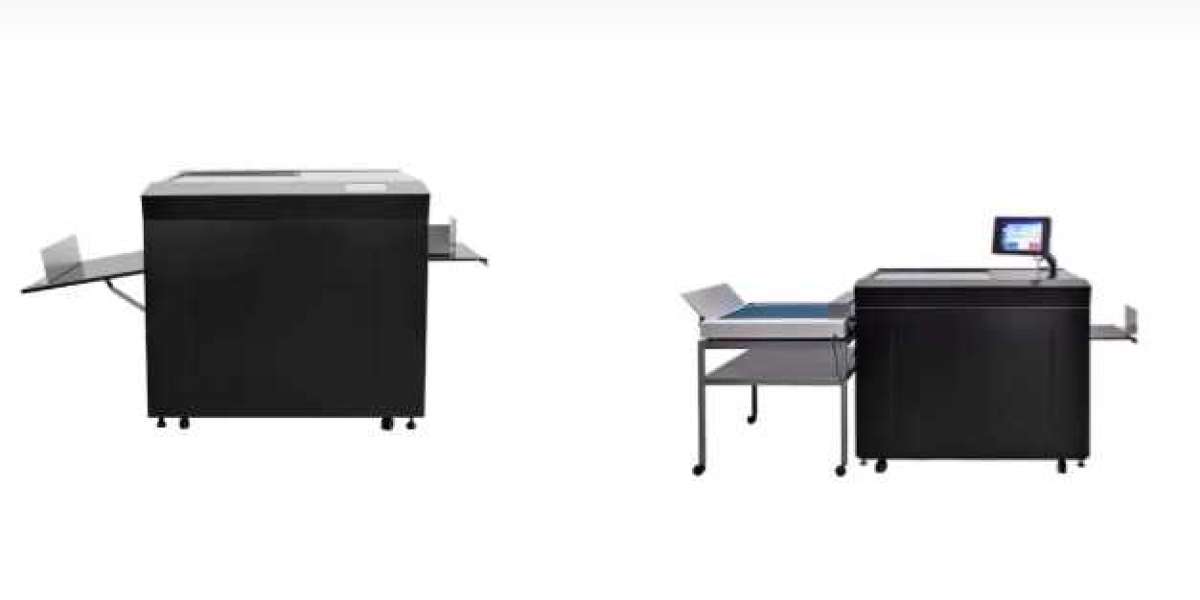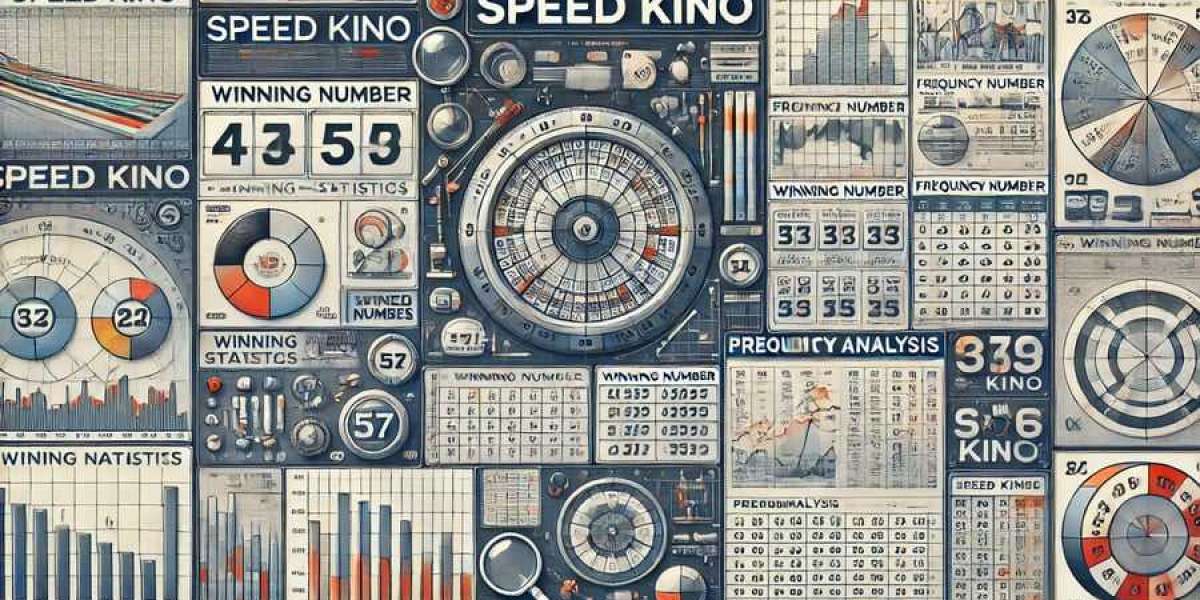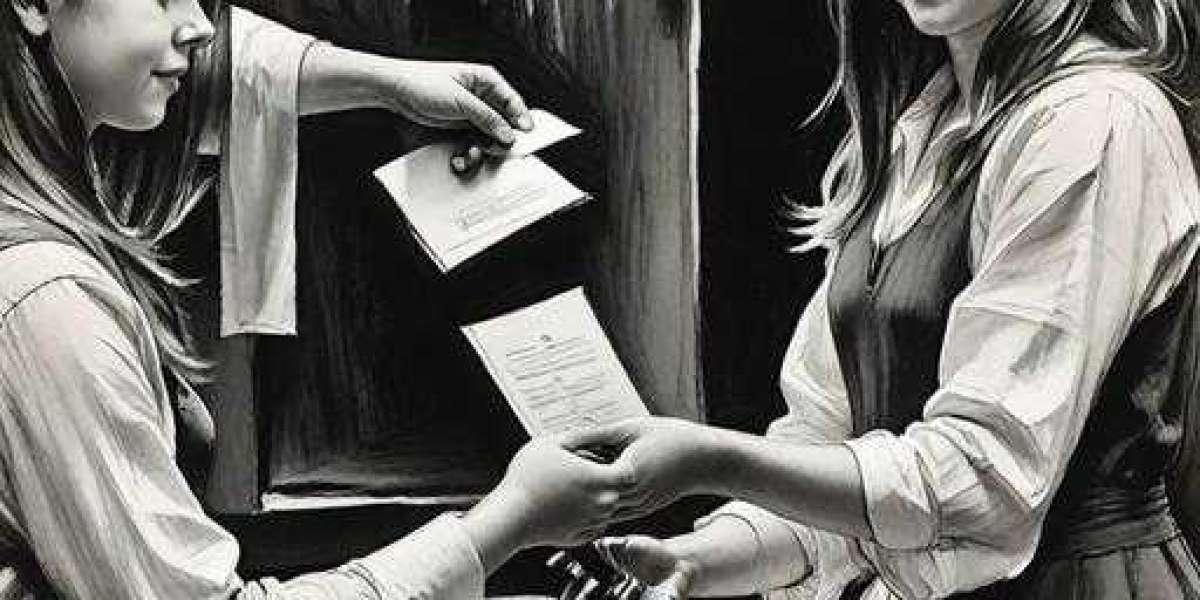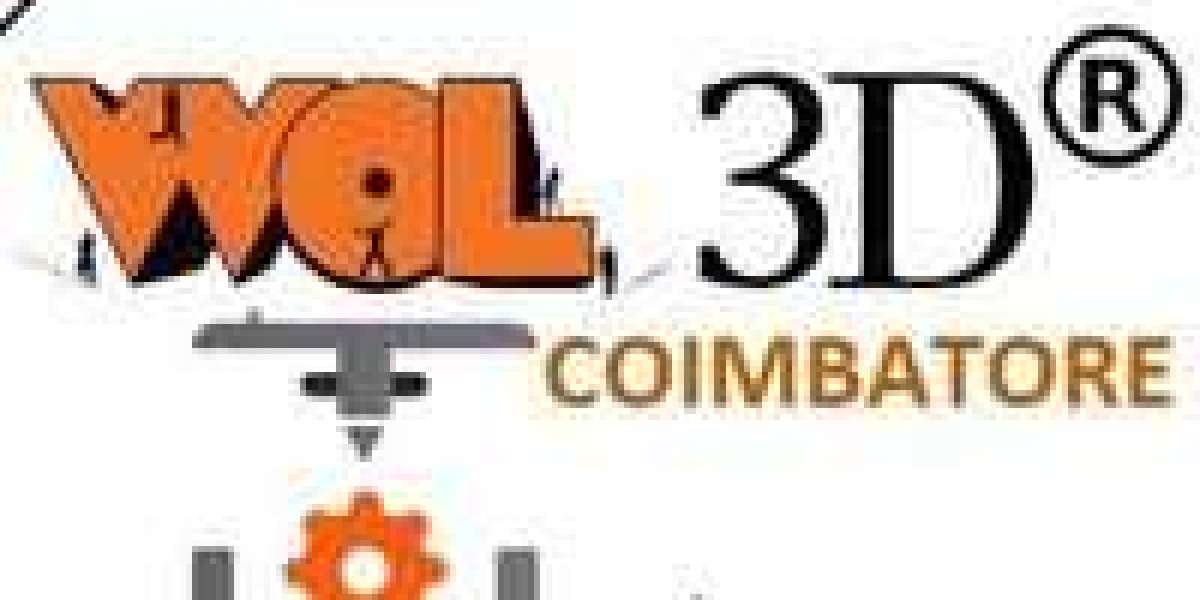Die cutting is a versatile and popular technique used across various industries, from crafting and DIY projects to packaging and professional design. A die cutter can cut, emboss, and engrave precise shapes out of different materials, allowing users to create intricate designs that are difficult to achieve manually. In this guide, we’ll break down what die cutters are, the types available, common uses, and how to choose the best one for your needs.
1. What is a Die Cutter?
A die cutter is a machine that uses sharp metal dies or blades to cut shapes, letters, or designs from materials like paper, fabric, vinyl, leather, and more. Die cutters can be manual or electronic, and they come in a wide range of sizes and capabilities, making them suitable for both personal and professional use.
The die-cutting process is commonly used in scrapbooking, packaging design, card making, custom labels, and many other creative applications. By using a die cutter, you can achieve clean, professional cuts and consistent shapes much faster and more accurately than with scissors or other manual cutting tools.
2. Types of Die Cutters
There are various types of die cutters available, each with unique features and applications. Here are the most common types:
Manual Die Cutters
Manual die cutters use a hand-cranked lever to press materials through a die, cutting the material into a specific shape. They are compact, easy to use, and affordable, making them ideal for hobbyists and small projects. Brands like Sizzix and Cricut offer popular models for crafters.Digital (Electronic) Die Cutters
Digital die cutters use computerized technology to precisely cut shapes, which allows for greater customization and complex designs. Instead of using a physical die, they work with design software, so you can create and upload custom designs. They’re ideal for detailed work and batch cutting, especially if you need to create multiple copies of the same design. Well-known digital die cutters include the Cricut Maker, Silhouette Cameo, and Brother ScanNCut.Industrial Die Cutters
Industrial die cutters are heavy-duty machines designed for large-scale or commercial applications, such as in packaging, automotive, and fashion industries. They can handle thicker and more rigid materials and often have automated feed systems for high-volume production.Rotary Die Cutters
Rotary die cutters are used primarily for high-speed, high-volume applications, such as creating labels, stickers, and packaging materials. This type of machine uses a cylindrical die to cut continuously as the material is fed through, which makes it highly efficient for repetitive designs.
3. Materials Commonly Used with Die Cutters
Die cutters are versatile tools that work with a wide range of materials. Here are some of the most common materials that can be used with die-cutting machines:
- Paper and Cardstock: Ideal for scrapbooking, greeting cards, and invitations.
- Vinyl: Perfect for creating decals, wall art, and custom stickers.
- Fabric: Some die cutters can cut fabric for quilting, appliqué, and other sewing projects.
- Leather: Great for making custom patches, bookmarks, or embellishments.
- Foam: Often used for kid’s crafts or creating lightweight decorations.
- Wood and Acrylic: Some digital and industrial cutters can even cut thin wood and acrylic sheets.
4. Popular Uses for Die Cutters
Die cutters are used for a wide variety of creative and commercial applications. Here are some of the most popular uses:
Crafting and Scrapbooking: Die cutters are essential tools for creating unique shapes, decorative borders, and custom letters for scrapbooking and paper crafts.
Card Making and Invitations: Custom designs, such as intricate lace-like patterns or custom lettering, are easily achievable with die cutters, making them popular in DIY invitation and card design.
Sticker and Decal Creation: Digital die cutters can handle vinyl well, making them great for creating custom stickers, decals, and labels.
Quilting and Sewing: Certain die cutters are designed to cut fabric into precise shapes, which is helpful for quilting, appliqué, and custom fabric projects.
Packaging and Prototyping: Businesses often use die cutters to create product packaging prototypes, as they can precisely cut box shapes, folding lines, and even perforations.
Custom Labels and Logos: Many small businesses use die cutters to produce unique product labels and logo cutouts that add a professional touch.
5. How to Choose the Right Die Cutter for Your Needs
Choosing a die cutter depends on your specific needs, including project type, material, budget, and volume requirements. Here are the main factors to consider:
Type of Projects
- For crafting and hobby use, a manual or small electronic die cutter may be sufficient.
- For detailed work and custom designs, an electronic cutter with software compatibility (such as Cricut or Silhouette) is a great choice.
- For commercial or industrial applications, look for a high-capacity or rotary die cutter that can handle large-scale projects and heavier materials.
Materials You’ll Be Cutting
- For paper, vinyl, and thin fabrics, most manual and digital die cutters will suffice.
- For thicker materials like leather, wood, or metal, consider a heavy-duty electronic cutter with higher cutting force, or an industrial model if needed.
Budget
- Manual die cutters are the most affordable option, typically ranging from $50 to $200.
- Digital die cutters are pricier, ranging from $200 to $500 for consumer models, while professional-grade models can go up to $1,000.
- Industrial die cutters and high-volume rotary cutters come at a premium, often costing several thousand dollars.
Ease of Use
- Manual die cutters are usually easy to set up and operate, making them ideal for beginners.
- Digital die cutters may require some learning curve to use design software but offer more flexibility in design options and customization.
Size and Workspace Requirements
- For smaller projects and spaces, look for compact die cutters.
- If you have a dedicated craft room or workspace, a larger die cutter with more cutting area may suit you better.
6. Top Die Cutter Brands and Models
Several brands have become industry leaders in die cutting, each offering machines with distinct advantages:
Cricut: Known for its digital die cutters, Cricut offers popular models like the Cricut Maker 3 and Cricut Explore 3. These machines are compatible with Cricut Design Space software and can cut over 300 types of materials, including fabric, leather, and wood.
Silhouette: The Silhouette Cameo 4 is a popular choice for its precision, software flexibility (Silhouette Studio), and ability to cut various materials. Silhouette also offers the Portrait model for smaller projects.
Brother: The Brother ScanNCut series stands out with built-in scanning capabilities, allowing users to scan images and convert them into cutting files, ideal for crafters and small businesses.
Sizzix: Known for manual die cutters like the Big Shot, Sizzix is a favorite among hobbyists. It’s easy to use and great for scrapbooking and card-making projects.
7. Maintenance Tips for Die Cutters
To keep your die cutter in top condition, follow these maintenance tips:
- Keep Blades Sharp: Replace dull blades periodically for clean cuts. For digital cutters, store blades in protective covers when not in use.
- Clean Cutting Mats Regularly: Sticky residue from materials can build up on cutting mats. Clean them according to the manufacturer’s instructions to ensure smooth feeding.
- Use Compatible Materials: Only use materials recommended by the manufacturer to prevent damage to the blades and machine.
- Software Updates: For electronic die cutters, keep the software updated to access the latest features and improve performance.
Conclusion
Die cutters are versatile, powerful tools that can bring your creative visions to life. Whether you’re a DIY crafter, a small business owner, or an industrial designer, there’s a die-cutting machine suited to your needs. By considering the types of projects you’ll be working on, the materials you’ll be cutting, and your budget, you can find a die cutter that not only meets your requirements but also enhances your creative output. With the right machine, you can create everything from stunning scrapbooks and custom cards to professional-grade packaging and personalized products.








